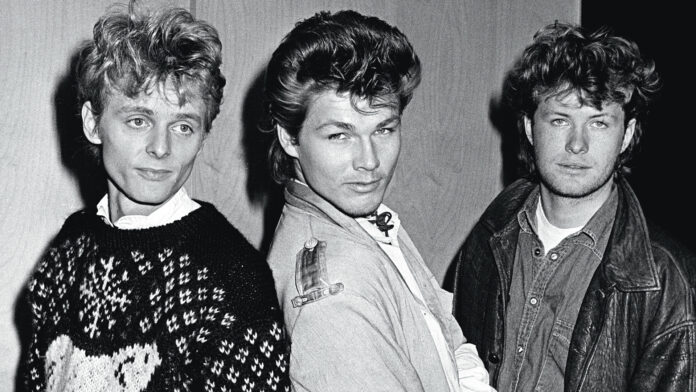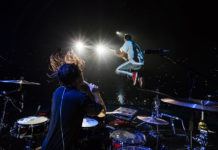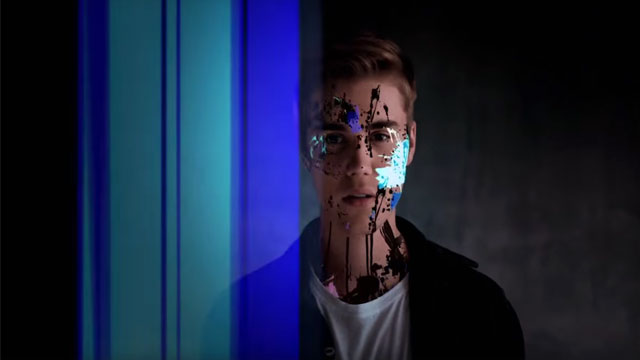Have you ever watched a music video that blew your mind? A music video that made you want to dance, sing, or cry? A music video that inspired you, challenged you, or changed you?
Music videos are more than just songs with images. They are artistic expressions that can convey powerful messages, create unforgettable impressions, and influence popular culture. In this blog post, we will explore three music videos that did just that. These are the music videos that shaped pop culture and left a lasting legacy.
Thriller by Michael Jackson (1983)
This is arguably the most famous music video of all time. Directed by John Landis, known for his horror comedy films, this 14-minute mini-movie features Jackson as a werewolf and a zombie, dancing with a horde of undead in a graveyard. The video is a homage to classic horror films, with references to The Wolf Man, Night of the Living Dead, and The Exorcist.
The video was a huge success, breaking records for its budget, viewership, and sales. It helped popularize the concept of the long-form music video, as well as the genre of dance-pop. It also boosted Jackson’s career, making him the undisputed King of Pop. The video won three Grammy Awards and nine MTV Video Music Awards, and was inducted into the National Film Registry by the Library of Congress.
The video’s impact on pop culture is undeniable. It spawned countless parodies, tributes, and references in movies, TV shows, video games, and comics. It also influenced fashion trends, such as the red leather jacket and the white socks with black shoes. It also inspired generations of artists and dancers to emulate Jackson’s signature moves and style.
Sledgehammer by Peter Gabriel (1986)
This is one of the most innovative and creative music videos ever made. Directed by Stephen R. Johnson, this stop-motion animation masterpiece features Gabriel’s face morphing into various objects and creatures, such as fruit, clay, steam engines, and chickens. The video also includes scenes of Gabriel dancing with human-sized cutouts of himself and floating in space.
The video was a technical marvel, requiring 16 hours of shooting per day for two weeks. It used several animation techniques, such as claymation, pixilation, and rotoscoping. It also featured contributions from famous animators, such as Nick Park (Wallace and Gromit), Aardman Animations (Chicken Run), and the Brothers Quay (Street of Crocodiles).
The video was a critical and commercial hit, winning nine MTV Video Music Awards (a record that still stands) and two Grammy Awards. It also helped boost Gabriel’s popularity, making him one of the leading artists of progressive rock. The video’s influence on pop culture is evident in its numerous imitations, homages, and spoofs in various media forms.
Take On Me by A-ha (1985)
This is one of the most romantic and captivating music videos ever made. Directed by Steve Barron, this mixed-media fantasy tells the story of a young woman who falls in love with a comic book character who comes to life. The video alternates between live-action and pencil-sketch animation, creating a stunning contrast and a seamless transition.
The video was a technical challenge, requiring six weeks of rotoscoping (tracing over live-action footage) by 12 animators. It also required careful coordination between the actors and the animators to match their movements and expressions. The video also featured an impressive motorcycle chase scene that was filmed in an abandoned oil refinery.
The video was a smash hit, winning six MTV Video Music Awards and two American Music Awards. It also helped launch A-ha’s career, making them one of the most successful bands of the 1980s. The video’s impact on pop culture is evident in its enduring popularity, as well as its many adaptations, remakes, and references in various media forms.
These are just three examples of music videos that shaped pop culture. There are many more that deserve recognition and appreciation for their artistic vision, technical skill, and cultural influence. Music videos are not just entertainment; they are art forms that can inspire us, move us, and change us.







